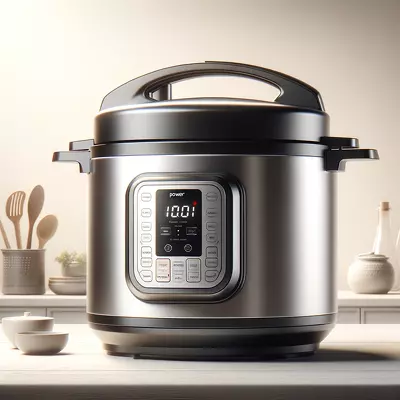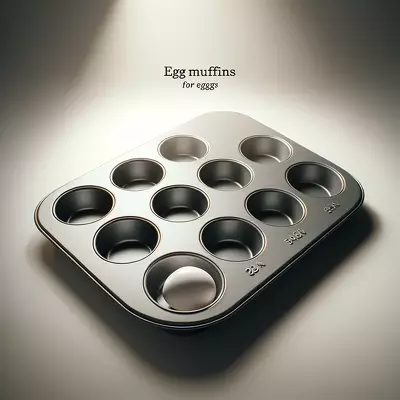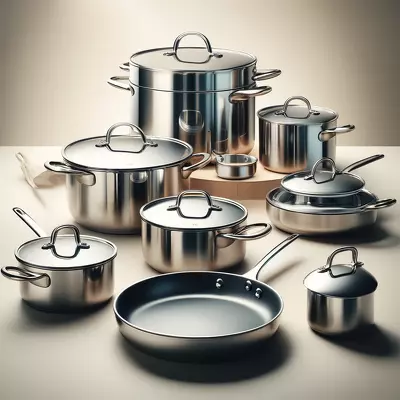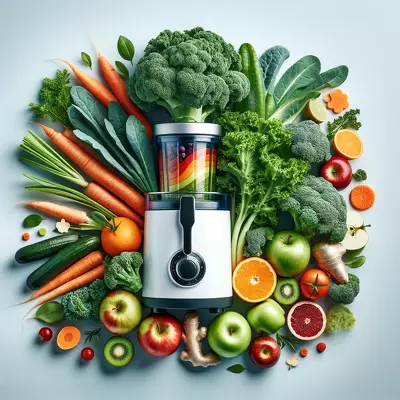The Art of Moving: Mastering How to Pack Pots and Pans with Ease
Packing pots and pans for a move can be a daunting task, given their bulky size and awkward shapes. However, with the right strategy, you can ensure these kitchen essentials are transported safely to your new home. This article provides practical advice on how to pack pots and pans efficiently, reducing the risk of damage during the moving process and making unpacking a breeze.
I. Introduction
Moving homes is an opportunity to start fresh, but it also brings the challenge of transporting your belongings safely, including your kitchen essentials. Among these, pots and pans require special attention due to their varying sizes, shapes, and materials. This guide offers a structured approach to packing your cookware, ensuring it reaches your new home without a scratch.
II. Preparing Your Pots and Pans for Packing
A. Cleaning and Drying
Start by thoroughly cleaning your pots and pans. Any residue left on cookware can attract pests and emit unpleasant odors during the move. After washing, dry each piece completely to prevent the onset of rust, which is especially important for cast iron pans.
B. Sorting and Organizing
Evaluate your cookware collection and decide what to take with you. This is an excellent time to declutter items that are rarely used or too worn out. Organize your pots and pans by size and type, which will simplify the packing process and help you unpack at your new home.
C. Gathering Packing Materials
Secure quality packing materials such as bubble wrap, packing paper, strong tape, and sturdy boxes. Specialty dividers or cell boxes can be particularly useful for delicate items. Remember, investing in good packing materials can save you the cost and heartache of replacing damaged cookware.
III. Packing Strategies for Pots and Pans
A. Utilizing Nesting Techniques
For efficient space use, nest smaller pots inside larger ones. Place a layer of packing paper or a thin cloth between them to prevent scratches. This technique also reduces the number of boxes needed, making the move more organized and manageable.
B. Wrapping Individual Items
Wrap each pot and pan individually in bubble wrap or packing paper. For pans with lids, wrap the lid separately, then tape it to the pan to keep them as a set. This extra layer of protection is crucial for preventing dents and scratches during the move.
C. Boxing and Cushioning
Select boxes that can comfortably hold your wrapped cookware without leaving too much space. Fill any gaps with crumpled packing paper or towels to prevent movement. Heavier items should go at the bottom, with lighter ones on top. Ensure each box is light enough to lift and clearly label them with their contents and destination room.
IV. Special Considerations
A. Handling Cast Iron and Specialty Cookware
Cast iron cookware requires additional care. Wrap these pieces in a breathable material before adding a layer of bubble wrap to protect against moisture buildup, which can lead to rust. For other specialty cookware, consider their specific needs, such as detachable handles or glass lids, and pack accordingly.
B. Maximizing Space in Moving Boxes
Efficiency is key when packing for a move. To maximize space, fill any cookware with spices, kitchen towels, or other small kitchen items. This approach not only saves space but also provides extra padding for your cookware.
C. Labeling for Easy Unpacking
Label each box with a detailed description of its contents and which room it belongs to in your new home. This practice will streamline the unpacking process, allowing you to set up your kitchen quickly and efficiently.
V. FAQs
Q: How do I pack pots and pans without bubble wrap?
A: As alternatives, use towels, linens, or clothing. These items provide cushioning and protect your cookware during the move.
Q: Can I stack my pots and pans in moving boxes?
A: Yes, but always place heavier items at the bottom and use padding between each layer to prevent damage.
Q: Should I pack my kitchen knives with my pots and pans?
A: To ensure safety, it’s best to pack knives separately in a knife block or securely in packing paper.
Q: How do I prevent my cast iron pans from rusting during the move?
A: Wrap them in a breathable material first, then in bubble wrap, and ensure they are completely dry before packing.
Q: What size boxes are best for packing pots and pans?
A: Medium-sized sturdy boxes are ideal, as they can hold the weight without being too cumbersome to move.
Q: Is it necessary to clean my pots and pans before packing?
A: Yes, to prevent attracting pests and to avoid unpleasant smells during the move.
Q: How can I save space when packing my kitchen?
A: Nest pots and pans, fill cookware with small items, and use space-saving packing techniques.
VI. Conclusion
A. Final Checks Before Moving
Before sealing the moving truck, double-check that all boxes containing your pots and pans are securely packed and labeled. This last review ensures everything is included and properly packed, safeguarding your valuable kitchenware during transit.
B. Unpacking and Organizing in Your New Home
Upon arrival at your new home, prioritize unpacking your kitchen boxes, especially those containing pots and pans. Start by placing each item in its approximate location, even if you plan to organize it more meticulously later. This immediate step reduces clutter and allows you to begin using your kitchen right away. Remember, the way you unpack and organize can set the tone for your new living space, making it feel more like home from day one.
VII. Suggested Readings
Embarking on a move involves more than just packing and unpacking. To further enhance your moving experience and settle into your new home with ease, consider exploring these insightful reads:
- “The Art of Happy Moving” by Ali Wenzke – A guide filled with practical tips and emotional support to make your move less stressful and more joyful.
- “Downsizing The Family Home: What to Save, What to Let Go” by Marni Jameson – This book offers advice on decluttering and downsizing, helping you decide what to keep as you pack for your move.
- “The Life-Changing Magic of Tidying Up” by Marie Kondo – Although not specifically about moving, this bestseller provides valuable insights into organizing and decluttering that can be incredibly helpful as you pack and unpack your belongings.
- “Moving House” by Sarah Beeny – An expert’s guide to the logistics of moving, from packing efficiently to setting up your new home.
With careful preparation, the right packing strategies, and a thoughtful approach to unpacking, your pots and pans—and all your belongings—will find their perfect place in your new kitchen, leading you to a home filled with new memories and culinary adventures!






